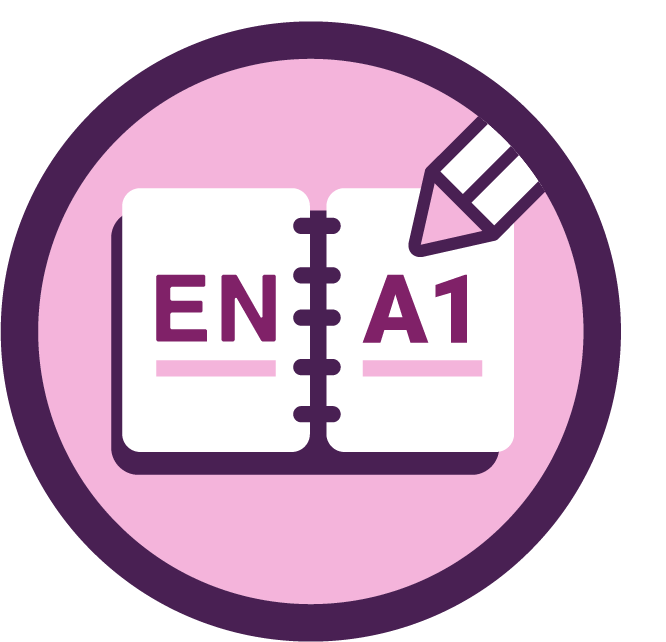El tiempo presente simple se usa de dos maneras:
- Con el** verbo to be**
- Con otros verbos.
En esta oportunidad, vamos a estudiar el tiempo presente simple usando el verbo to be.
El verbo to be es muy importante y significa ser o estar. Este verbo adquiere tres formas en el tiempo presente simple:
En la conjugación de este verbo puedes verificar estas tres formas:
I am
You are
He is
She is
It is
You are
We are
They are
Cuándo se usa el verbo to be
El verbo to be se usa en las siguientes ocasiones:
-
Cuando quieres decir características de las personas, por ejemplo:
I am Peter.
You are from Venezuela.
He is 30 years old.
-
Para decir detalles acerca de las personas, incluyendo emociones y características, por ejemplo:
I am a man
You are an important person
He is happy
Uso del verbo to be en oraciones afirmativas
Estructura gramatical: Pronoun + to be + complement
I am happy / I’m happy.
You are happy / You’re happy.
He is happy / He’s happy.
She is happy / She’s happy.
You are happy / You’re happy.
We are happy / We’re happy.
They are happy / They’re happy.
Uso del verbo to be en oraciones negativas
Estructura gramatical: Pronoun + to be + not + complement
I am not happy / I’m not happy.
You are not happy / You aren’t happy.
He is not happy / He isn’t happy.
She is not happy / She isn’t happy.
You are not happy / You aren´t happy.
We are not happy / We aren’t happy.
They are not happy / They aren’t happy.
Uso del verbo to be en oraciones interrogativas
Estructura gramatical: To be + pronoun + complement + ?
En las oraciones interrogativas el orden de la estructura gramatical cambia. Primero se usa el verbo to be y después el pronombre.
Am I happy?
Are you happy?
Is he happy?
Is she happy?
Are you happy?
Are we happy?
Are they happy?
Otros ejemplos usando el verbo to be
-
Is he an important person?
• Yes, he is.
• No, he isn´t (Negación en forma corta)
• No, he isn’t an important person (Negación en forma larga)
-
Am I a teacher?
• Yes, you are.
• No, you aren´t (Negación en forma corta)
• No, you aren´t a teacher. (Negación en forma larga)
El pronombre IT se usa para referirse a animales, objetos o cosas. Por ejemplo:
A hamburger is delicious
- Affirmative form: It is delicious.
- Negative form: It isn’t delicious.
- Interrogative form: Is it delicious?
Contribución creada con aportes de: Avilio Muñoz Vilchez


Quer ver mais contribuições, perguntas e respostas da comunidade?